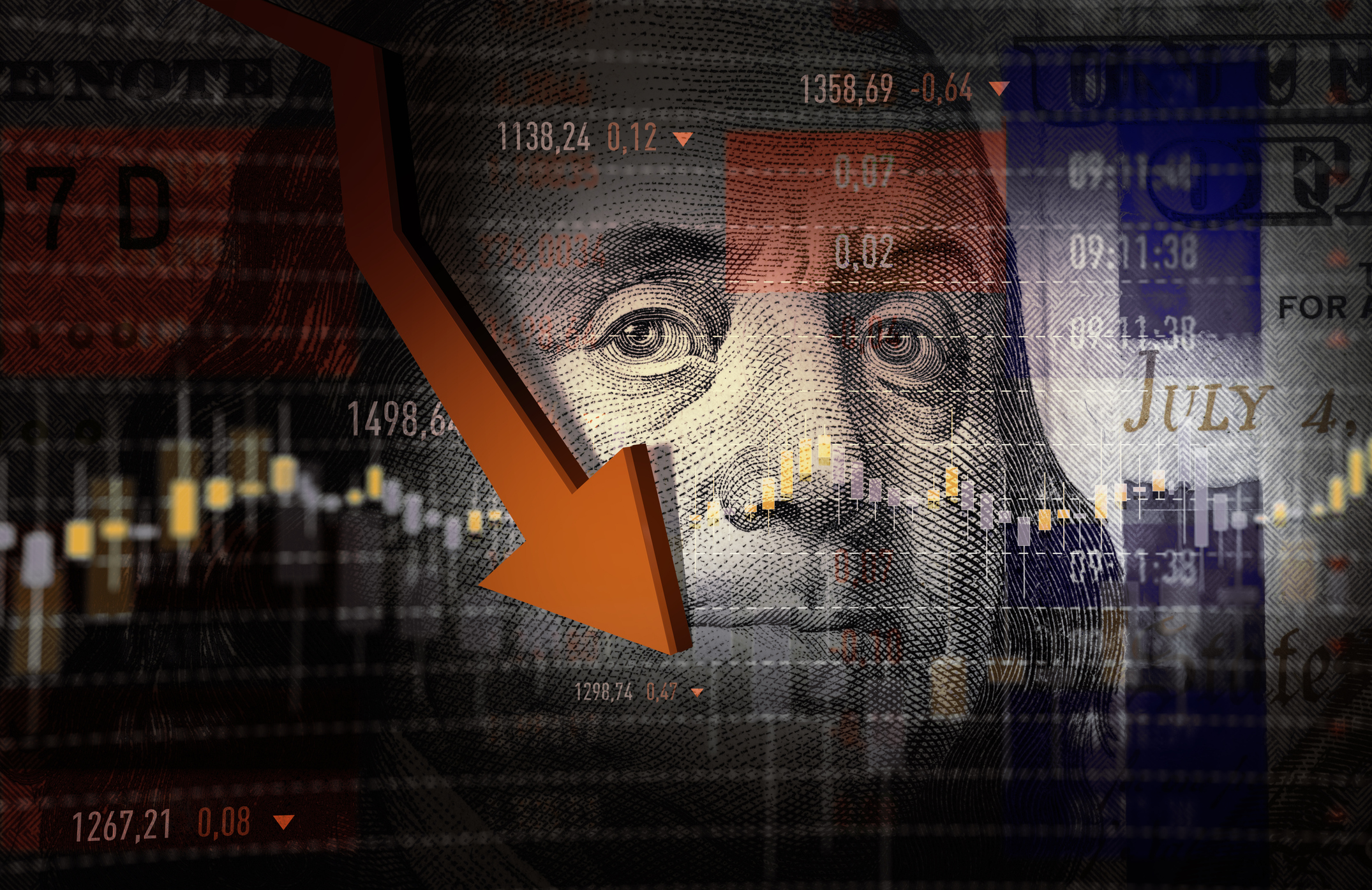General Mills (GIS) Is Wholesome … On Several Counts
Strong ESG performance, stability and dependable dividends build a compelling case for keeping General Mills on your watch list.


General Mills (GIS, $62.23) has long been a pantry staple for investors seeking dividend stability. But the consumer giant, and its commitment to a sustainable supply chain, might also be appropriate for those who value certain environmental, social and governance (ESG) criteria.
Most people know General Mills because of its iconic brands, which include Cheerios, Annie's and Häagen-Dazs, marketing products in more than 100 countries. The steady income from this wide brand portfolio has allowed General Mills to pay dividends without interruption for more than a century.
Less known, perhaps, is General Mills' actions to link its environmental performance to its financial success, and to move toward not just sustainability, but regeneration, in its agricultural supply chain.

Sign up for Kiplinger’s Free E-Newsletters
Profit and prosper with the best of expert advice on investing, taxes, retirement, personal finance and more - straight to your e-mail.
Profit and prosper with the best of expert advice - straight to your e-mail.
Let's dig a little deeper into what might make GIS stock look attractive to investors.
From Sustainability to Regeneration
We'll start with the ESG case.
As a major food manufacturer, most of General Mills' exposure to environmental and social risk lies in its agricultural supply chain.
The global food system is responsible for more than one-third of greenhouse gas emissions (GHGs) that contribute to climate change, and the agriculture sector consumes roughly 70% of global water supplies. Moreover, several key crops in General Mills' supply chain are threatened by climate change and water scarcity. These include tropical commodities such as cocoa, as well as domestic crops such as corn and soybeans.
In response, GIS has launched two innovative solutions for reducing GHGs and enhancing agricultural sustainability.
First, the company is pioneering innovative financial instruments to finance and incent its internal sustainability goals. On Oct. 6, GIS launched a sustainability bond specifically linked to meeting its commitments to combat climate change. The 10-year, $500 million bond will raise the company's interest payments if it fails to achieve its targets, which include reducing emissions by 30% in its operations and supply chain by 2030 (compared to 2020 emissions). The GHG goals are designed to increase global temperatures no more than 1.5 degrees Celsius by 2050, using science-based targets – the gold standard for addressing climate change risk.
General Mills asserts the bond is the first of its type issued by a "U.S. investment-grade consumer packaged goods company." However, GIS made a similar maneuver earlier this year; in April, it renewed a $2.7 billion revolving-credit facility while linking it to reducing emissions.
Second, GIS has vowed to move beyond sustainability as a goal.
"Today, about a third of the world's topsoil is degraded. We have lost about 40% of insect species on the planet, including pollinators that are important to our food," Mary Jane Melendez, General Mills' chief sustainability and social impact officer, explains to Tony Loyd, host of the podcast Social Entrepreneur. "There is nothing about that fate that should be sustained. We don't want to sustain declining ecosystems."
General Mills committed to converting 1 million acres of North American farmland in its supply chain to "regenerative" practices by 2030. Regenerative agriculture typically involves disturbing soil as little as possible (as opposed to tilling or plowing), increasing plant diversity (instead of growing one crop), integrating livestock onto cropland, and other methods. This type of agriculture can transform a farm from a source of climate-emitting carbon emissions, soil erosion and water pollution, to a net environmental benefit, pulling carbon from the air and storing it through roots to the soil, increasing biodiversity of pollinators, managing water runoff and building topsoil.
Several ESG ratings agencies appear to think highly of GIS stock. MSCI, which rates stocks between CCC (worst) and AAA, deems General Mills an AA, highlighting the company's leadership in the areas of environment, nutrition and corporate behavior. Sustainalytics ranked the company 33 out of 565 food companies globally, characterizing the company's ESG risk as "moderate" but its management of its relevant ESG issues as "strong" – its highest-tier rating.
How GIS Stock Delivers Shareholder Value
In the shorter term, General Mills and many of its food manufacturing competitors face challenges from inflationary pressures, a labor shortage, extreme weather reducing crop yield, and transport backlogs that have driven up the price of some key inputs and commodities.
In response, the company is doubling down on high-growth segments such as pet care brands, with acquisitions of natural pet treat brands such as Nudge.
The company credits its well-positioned brand portfolio for much of its success – specifically citing cereal, refrigerated dough and global Mexican-style food products – and in brands that were popular during COVID-19 lockdowns and have maintained their appeal as consumers work from home. General Mills has also tightened logistics management to account for supply chain interruptions.
"GIS is executing well and navigating this challenging environment better than competition," writes CFRA analyst Arun Sundaram, who rates the stock at Buy with a 12-month price target of $68 per share (9% implied upside). "Also, its portfolio-reshaping actions should set the company up for stronger and more profitable long-term growth."
Where GIS really shines is in its steady dividends, which the company has paid without fail over the past 122 years. The company currently yields 3.3%, which is far better than the 1.3% on the S&P 500, but more importantly, better than the consumer staples sector's 2.6%. From a dividend-growth standpoint, GIS isn't overly generous, but it does improve upon its payouts. General Mills has improved its quarterly dole by about 3% annually over the past five years. Argus Research estimates much of the same going forward, predicting fiscal 2023 dividends of $2.16 per share, up from $2.02 in 2021, or a 3.4% annualized rate.
That said, the analyst community as a whole isn't glowing about GIS at the moment. According to S&P Global Market Intelligence, the analyst community has just five Buys or Strong Buys, versus 12 Holds and another three Sells or Strong Sells.
Valuation is a fair concern. The stock currently trades at a price/earnings-to-growth ratio of 3.9. With PEG, a value metric that factors in future growth, a score of 1 is considered appropriately valued; lower than that, undervalued; and higher, overvalued. That's higher than both the S&P 500 (0.9) and the loftily valued staples sector (2.1), according to Yardeni Research.
Credit Suisse, for one, maintains a Neutral rating (equivalent of Hold) and believes the stock is worth $63 per share (1% implied upside). "Sales growth deceleration from consumer mobility returning to normal faster than expected represents the main risk to our target price," they write.
The takeaway here? GIS provides the durability and dividends you expect out of the consumer staples sector, and appears to be making real strides from an environmental perspective. But investors particularly concerned with value might want to wait for some of GIS's froth to come off.
Get Kiplinger Today newsletter — free
Profit and prosper with the best of Kiplinger's advice on investing, taxes, retirement, personal finance and much more. Delivered daily. Enter your email in the box and click Sign Me Up.

Ellen writes and edits retirement stories. She joined Kiplinger in 2021 as an investment and personal finance writer, focusing on retirement, credit cards and related topics. She worked in the mutual fund industry for 15 years as a manager and sustainability analyst at Calvert Investments. She earned a master’s from U.C. Berkeley in international relations and Latin America and a B.A. from Haverford College.
-
 2026 Disney Dining Plan Returns: Free Dining for Kids & Resort Benefits
2026 Disney Dining Plan Returns: Free Dining for Kids & Resort BenefitsPlan your 2026 Walt Disney World vacation now. Learn about the returning Disney Dining Plan, how kids aged three to nine eat free, and the exclusive benefits of staying at a Disney Resort hotel.
By Carla Ayers
-
 How Can Investors Profit From AI's Energy Use?
How Can Investors Profit From AI's Energy Use?Global energy demand is expected to grow by leaps and bounds over the next several years as AI usage accelerates. Here's how to get a piece of the pie.
By Jacob Schroeder
-
 Stock Market Today: Dow Dives 1,123 Points After Fed
Stock Market Today: Dow Dives 1,123 Points After FedMarket participants reacted predictably to a well-telegraphed hawkish turn by the Federal Reserve.
By David Dittman
-
 General Mills Stock Is Sinking After An Earnings Beat. Here's Why
General Mills Stock Is Sinking After An Earnings Beat. Here's WhyGeneral Mills stock is one of the worst S&P 500 stocks Wednesday as weak full-year guidance offsets better-than-expected earnings. Here's what you need to know.
By Joey Solitro
-
 Why Is Warren Buffett Selling So Much Stock?
Why Is Warren Buffett Selling So Much Stock?Berkshire Hathaway is dumping equities, hoarding cash and making market participants nervous.
By Dan Burrows
-
 If You'd Put $1,000 Into Google Stock 20 Years Ago, Here's What You'd Have Today
If You'd Put $1,000 Into Google Stock 20 Years Ago, Here's What You'd Have TodayGoogle parent Alphabet has been a market-beating machine for ages.
By Dan Burrows
-
 Stock Market Today: Stocks Retreat Ahead of Nvidia Earnings
Stock Market Today: Stocks Retreat Ahead of Nvidia EarningsMarkets lost ground on light volume Wednesday as traders keyed on AI bellwether Nvidia earnings after the close.
By Dan Burrows
-
 Stock Market Today: Stocks Edge Higher With Nvidia Earnings in Focus
Stock Market Today: Stocks Edge Higher With Nvidia Earnings in FocusNvidia stock gained ground ahead of tomorrow's after-the-close earnings event, while Super Micro Computer got hit by a short seller report.
By Karee Venema
-
 Stock Market Today: Dow Hits New Record Closing High
Stock Market Today: Dow Hits New Record Closing HighThe Nasdaq Composite and S&P 500 finished in the red as semiconductor stocks struggled.
By Karee Venema
-
 Stock Market Today: Stocks Pop After Powell's Jackson Hole Speech
Stock Market Today: Stocks Pop After Powell's Jackson Hole SpeechFed Chair Powell's Jackson Hole speech struck a dovish tone which sent stocks soaring Friday.
By Karee Venema